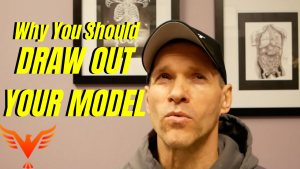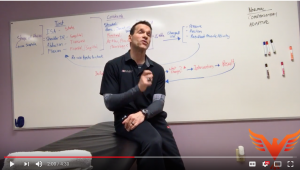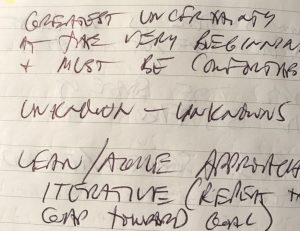Humans are complex adaptive systems. While we know a few things about ourselves, our complexity makes it impossible to understand ourselves and others as well as we would like. In such situations, a model provides us with the guidance that we need to successfully interact with clients, athletes, and patients to produce the desired outcome. […]
Complex adaptive systems
The Model: Desired Outcome > Constraints > Target
The desired outcome represents a broad perspective of the ultimate performance ideal without the consideration of context, perceived, or real limits and limitations. This may be categorized as a want or a need from the perspective of the patient, athlete, therapist, or coach. Examples: Walk without knee pain Reduce 100m sprint time Jump to touch […]
Understanding Normal, Compensatory, and Adaptive Mechanics, Part 2
Here’s part 2 of the discussion on normal, compensatory, and adaptive mechanics. Normal mechanics are the foundation upon which you build your understanding of how the body will compensate and adapt.
From My Notebook: Comfort and Progress in the Realm of Uncertainty
Padawan: “How do you know what to do?” Bill: “I don’t yet.” Padawan: “Doesn’t that make you uncomfortable?” Bill: “Not anymore.” The Human System is complicated (structural constraints e.g., biomechanics), complex (functional constraints e.g., autonomic response), and at times chaotic (think crisis mode). This often results in a great deal of uncertainty in regard to […]



